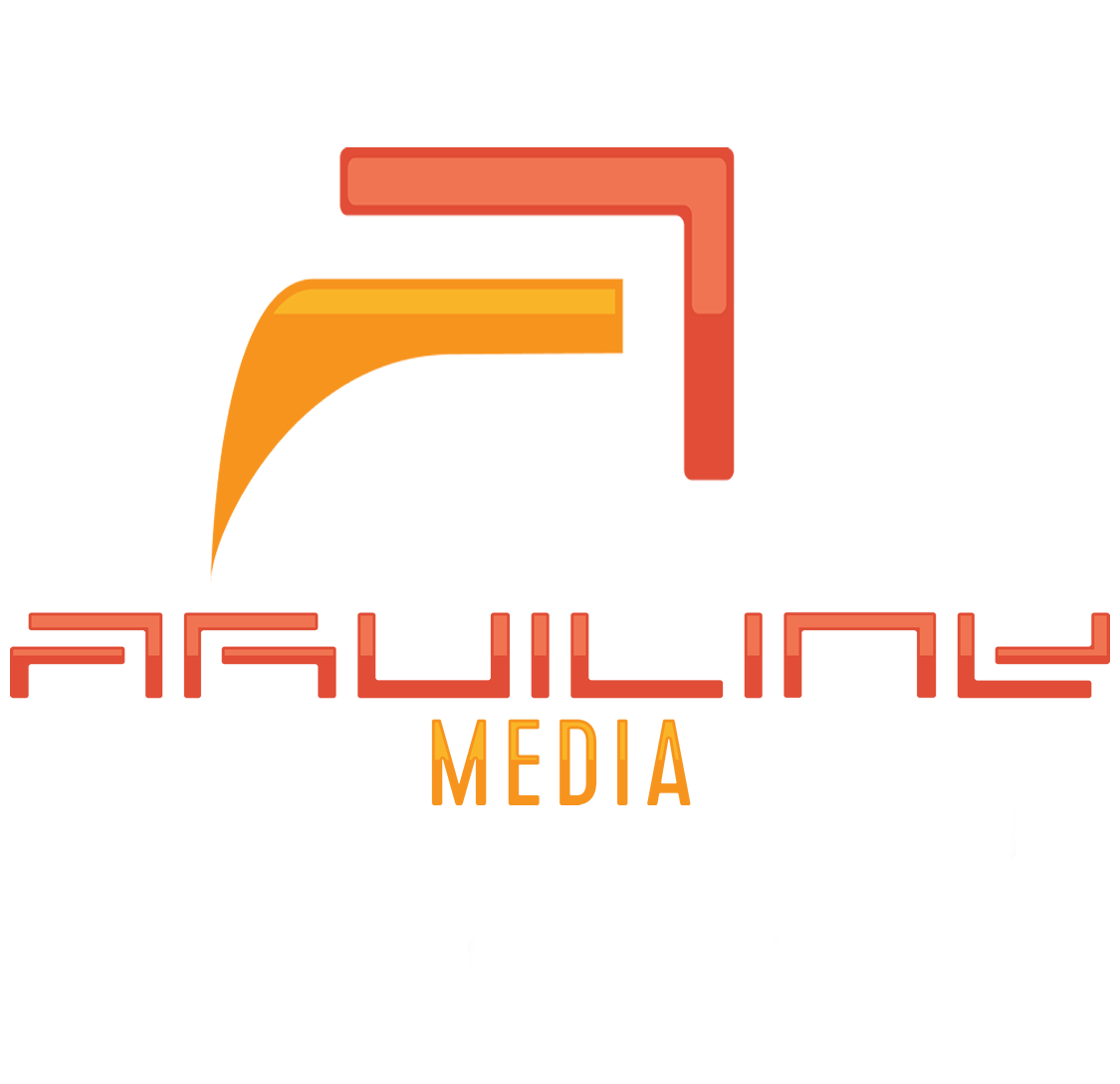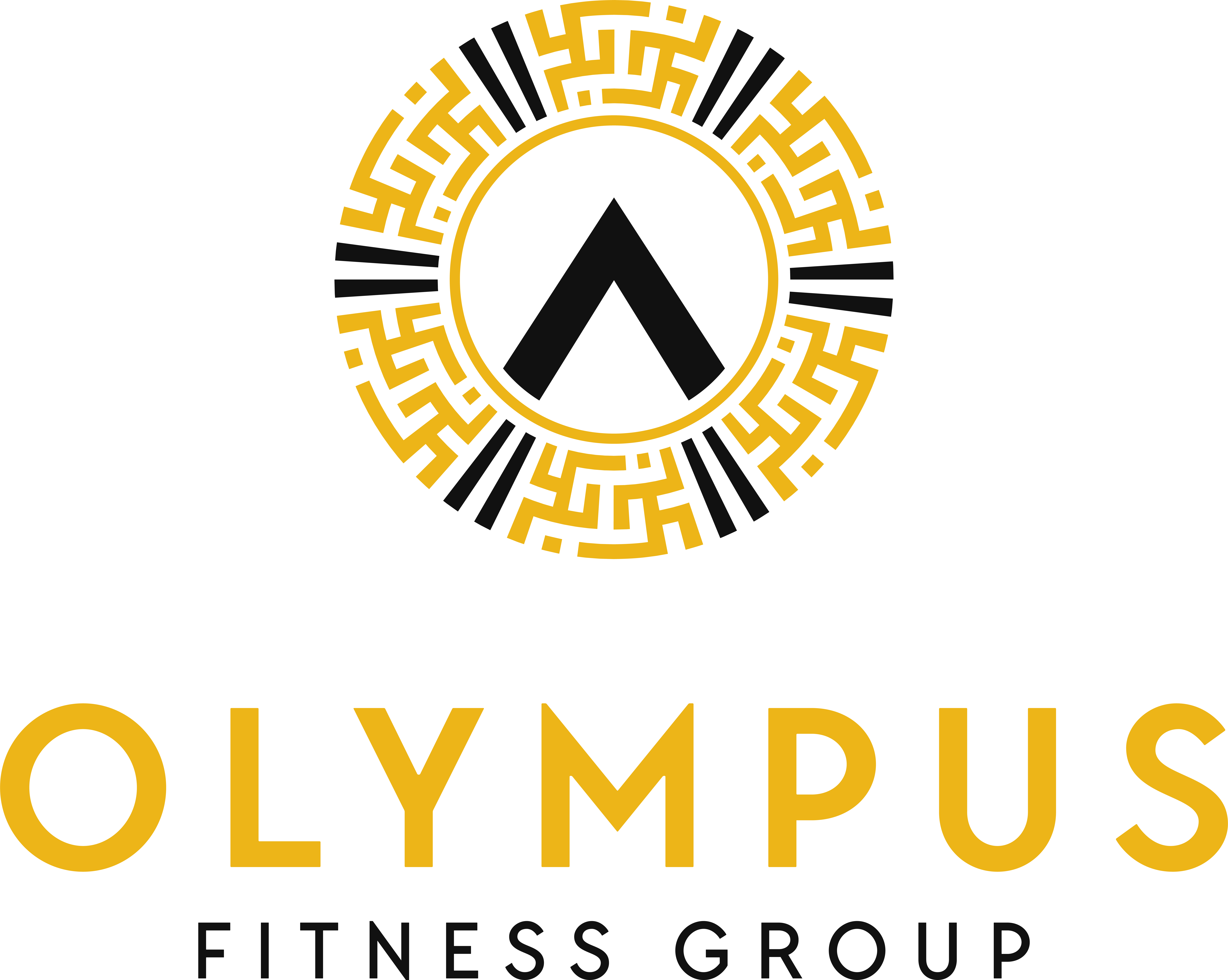
Where potential lies in 2021
The world has changed so fast in 2020, no longer is it fear mongering or an exaggeration to state this, it is pure fact! April 2020 is the line in the sand that divides life pre COVID and post COVID. This shift in mindset and working practises is global and everyone is running to catch up.
The pandemic has, I don’t want to use the word “forced” because some of these changes are long over due, but yes we were forced to review so many aspects of our daily routines and standard working practises. It has also caused us to really think about and realise what is truly important to us. Whether we are questioning simple things like how often we eat out versus how we can eat more healthily at home or to the more complex questions like “How much time do I really need to spend in the office” or “can I keep this work life balance post COVID” I personally cannot think of any other time in my life that have forced such fundamental changes to so many things.
What is the new norm and how can businesses get back to operational stability?
What does “Return to Work” actually mean?
As many countries start or re-start their easing of lockdowns business leaders and entrepreneurs across the globe are being challenged to understand how best to respond and to plan how their business operations will progress and adapt to this new horizon
During “The Great Lockdown of 2020” We decided to put a lot of our focus to how to adapt to this new landscape, how much remote working can our business model actually support and how much is really wanted. Surprisingly we found that the majority of our colleagues wanted to come back to the office, they miss the social interactions and stated that home working left them feeling isolated and was heavily counterproductive.
So how can we allow colleagues to come back to work in an office environment safely?
What is clear at present is that the transition is going to be a slow one. There is a plethora of evidence that suggests that the infection rates will continue to eb and flow for another 18 months. The UK is already going through secondary lock down processes and this in itself shows the contrasts between COVID-19 and “The Flu” which so many people like to compare it to. A single person with the flu can be responsible for upto 15 further transmissions of the virus. The same person with the same process of transmission would be responsible for closer to 60,000 infections. So until the unicorn of a vaccine is produced we are likely to see continual spikes in the rate of infections. We have a duty of care as leaders to plan ahead and assist all our colleagues with concerns. We can do this by being clear and considered in our
plans moving forward and communicating them efficiently across the enterprises we captain.
But this is a difficult subject, one fraught with huge implications spanning both social and economic areas on a scale not yet seen by any living person. Overall my immediate concern is ensuring whatever course of actions we take are stable and balance concerns with colleagues health while still considering the best way to maintain fiscal stability.
For the best part of a decade we as business leaders have preached that collaborative workspaces will yield a much great result when looking to solve a problem. So with that in mind I ask all business leaders to come together and collaborate and share our views, plans and ideas on how to create a structured, safe approach to returning to work programs.
To get the ball rolling, let me share some of the more practical questions my leadership team and I have been asking ourselves, as we start to think about helping our employees make that transition:
• Can we create some form of hot desking structure that will allow colleagues to work remotely up to 3 days a week?
• How can we continue to promote collaborations with remote/homeworking if it becomes the new standard?
• Do we need to consider a HomeWorking Allowance to cover costs incurred by colleagues that work from Home?
• Should we be reducing our real estate acquisitions program or should we be repurposing a percentage of our current assets for other uses?
• Can we require colleagues to use PPE in the office? Will this create friction with those who are unable to use current PPE?
• Do we need to hold more detailed medical records for colleagues to ensure we are aware of those colleagues who are higher risk due to age or health conditions?
• Do we need to manage Arrivals, breaks and departures to ensure social distancing?
• Do we need to restrict access to bathrooms?
• Do we need to implement testing or Track and Trace?
• How do we manage employee moral when they are transitioning from an open and free working environment to one akin to a nanny state?
• How can we both support those colleagues who are anxious about returning to the office and still monitor and maintain high levels of productivity with Home Working?
• Do we need to create our own shuttle bus system to ensure colleagues who rely on public transport can get to the office safely?
• Can colleagues safely visit, customers or suppliers and who is then responsible for the safety of that colleague when they are on site?
• Does this mean we are then liable for the safety, hygiene and traceability of all visitor to our offices?
• Do we need to increase budgets for in house cleaners or will we make colleagues responsible for hygienic practises?
• How do we deal with non-compliance of a colleague?
• Do we need to assign more of the retained earnings to capital reserves in case of secondary outbreaks/peaks or new lockdowns.
It’s a long list, and each one of those points raises more questions than answers.
The Lockdown has presented us with time to assess and reflect
There seems to be a constant rush to get back to normal as soon as possible! Now I understand this and think it is simply phrased wrong, we are not all in a rush to get back to “Normal” I think we can all agree that ship has sailed. But what we do want to do is find our new groove and begin to create stability across our businesses and for all of those who depend upon us for their livelyhoods.
This crisis has created a culture of fear and instability, so many people are struggling financial and yet it seems to be a taboo subject because the overriding concern is for those who are ill with COVID. Now I do not wish to detract from those who are ill or lessen the impact of the countless who have died but the two are not inextricable linked we can discuss someone’s financial suffering and it is just as valid as those who have experienced the negative effects on their health or someone close to them’s health. Business leaders once again have a duty of care to ensure the fiscal stability of their employees just as much as their physical and mental health.
I hear more concerns from my colleagues about how they will survive if they lose their job or have to rely on “Furlough” income, children at home, spouses at home all increase financial pressures on the home and so we must while adhering to the guidelines try and support our employees fruitful and continued employment. This can only be done when business leaders look at their business models with fresh eyes.
We have all heard the cliché that even the darkest times yield opportunities, so those who have labelled themselves as “thought leaders” “Entrepreneurs” “Business or Industry Leaders” and “Innovators” it is your time to shine! Rebuild your businesses create those opportunities and innovate.
Am I practising what I preach you say? I am trying at the very least! We have taken a 15 year program of expansion for our business and remodelled it based on where we envisage opportunities happening in a post COVID world and we are now raising capital, and leveraging our business model to invest ahead of the curve!
Where potential lies?
This question will be the subject of many white papers, blogs and business books in the future I am sure. I really think we will start to compartmentalise our lives in a ‘Pre-COVID and ‘Post-COVID’ perspective, both from a personal and from a business perspective – the impact of that will be huge.
The scale of what is ahead is unimaginable, I will not attempt to join the myriad of economists and politicians that choose to pontificate about an uncertain future. All I can do as a business leader is aim my business where I see futures and pre-empt as much of the risks as possible.
So, here goes:

I think we will see a resurgence of daytime radio listeners with home working becoming prevalent, I envisage that this market if worked correctly will allow smaller businesses to reach target audiences in a cost efficient manner. The home worker may choose to listen to their own music etc if the radio market is over commercialised but if a balance is struck between quality music, engaging programs and commercial advertising the “Radio” could see a resurgence. As a result of this we are investing in new teams in both the United Kingdom and The United States to create and test out these theories.
We saw across 2020 a spike in home renovations and remodelling, Lupine Home Services will create a bespoke offering that allows its customers to work with Lupine and deliver a high quality service at cost efficient levels all with COVID safety assured.


The Fitness industry is one of the hardest hit because of COVID and as such as soon as we had to close centres we began looking at competitors and the acquisition of distressed assets. It is our belief that once the general population settle into a new groove fitness centres will become an integral part of the family unit and with home working becoming a larger piece of daily life maintaining a healthy life balance will become crucial.

With Lockdowns and Social bubbles finding a way to interact with friends and maintain or build friendships will become of paramount importance. Loneliness in adults and children is already shown to be one of the biggest causes of depression and mental health problems, so Ares Combat can continue its path as a family centric combative fitness centre and help families re-engage with fitness, training together or with friends in a COVID safe way.

Many women feel a sense of uneasy working out in Co-Ed gyms, so Artemis Fitness is perfectly placed to engage with women and create a female centric fitness centre that allows women of all body types to re-engage with their fitness and train socially with COVID safe workout classes.
Mergers & Acquisitions
As I have said before COVID will invariably create opportunities in its wake. As such we will be creating a bespoke M&A Team on both sides of the pond that will allow us to work with companies of all sizes, from you standard “mom and pop” businesses to mid-level enterprises. We forecast that acquisitional revenues will account for around 20% of The HIND Group’s total growth across the next 4 years.
Franchising
With unemployment a problem globally and it will probably remain a stable problem for the next few years while governments use it as a political football. So many frustrated professionals will be looking to take control of their own destiny and create their own businesses. The HIND Group will be there to support this visionary professionals and we will have franchise offerings from the majority of our brands by the end of 2021.
Continued Learning
We already have an extensive in house training program for our colleagues, now we will create a freshing take on the learning industry with The HIND University, within which customers will find colleges from each of our brands allowing them to retrain in a plethora of subjects from martial art instruction to financial trading and even entrepreneurship.


Investing ahead of the curve
There is no point waiting until the markets have settled and the dust has cleared once an opportunity becomes clear, there are already market leaders who are forging paths, innovating and creating substantial revenue growth. So we look to where we think entrepreneurial growth will be best served and it is those under-utilised communities that with a little support will work with an incoming business to pull themselves out of the quagmire.
It is this reason that sees us investing our time and capital away from the status quos like London, the M3/M4 Triangle or Austin Texas, Des Moines Iowa and Columbus Ohio favouring places like Decatur Illinois, Leeds Yorkshire, Wales etc.
With remote working, do we really need to prices of those oh so attractive locations? Does the prestige still carry forward in a post COVID world or will the consumer be more focused on our processes, procedures, environment and social-economic measures? We believe the latter to be true and the cost savings are staggering, and these lessor known locations are far more receptive to new enterprises working with use to establish new lines of business and help their communities grow with us.
This article by Reuters, shows how the Chinese society became less tolerant of individualistic actions and valued those who impacted society and assisted others. If this becomes a trend globally and we continue to see a downward trend towards the monolithic hubs, relocating businesses to lower cost under utilised areas could see those businesses benefit exponentially.
To quote Sarah Connor:

